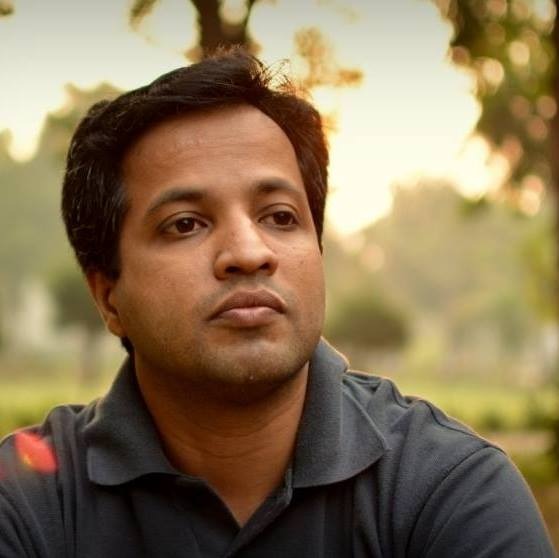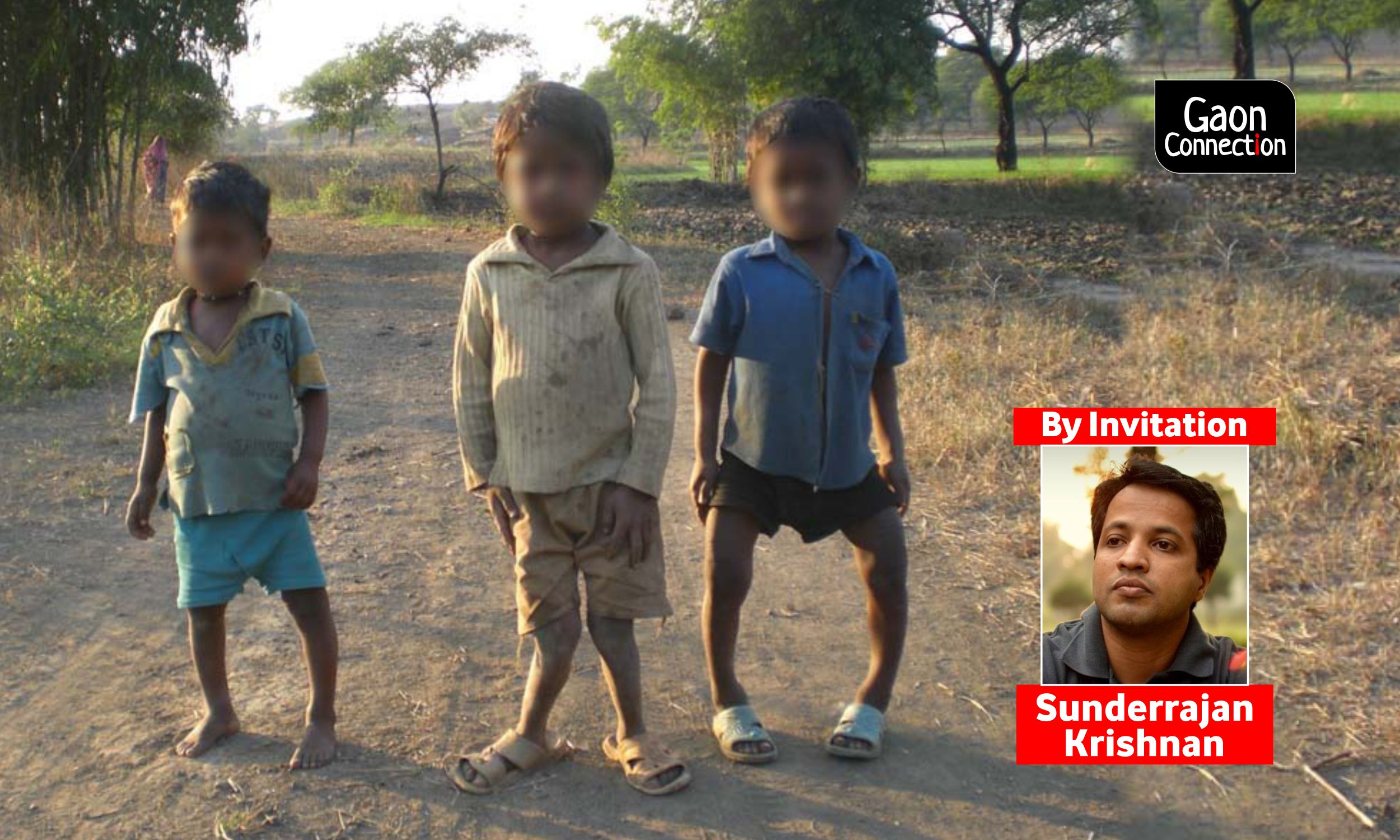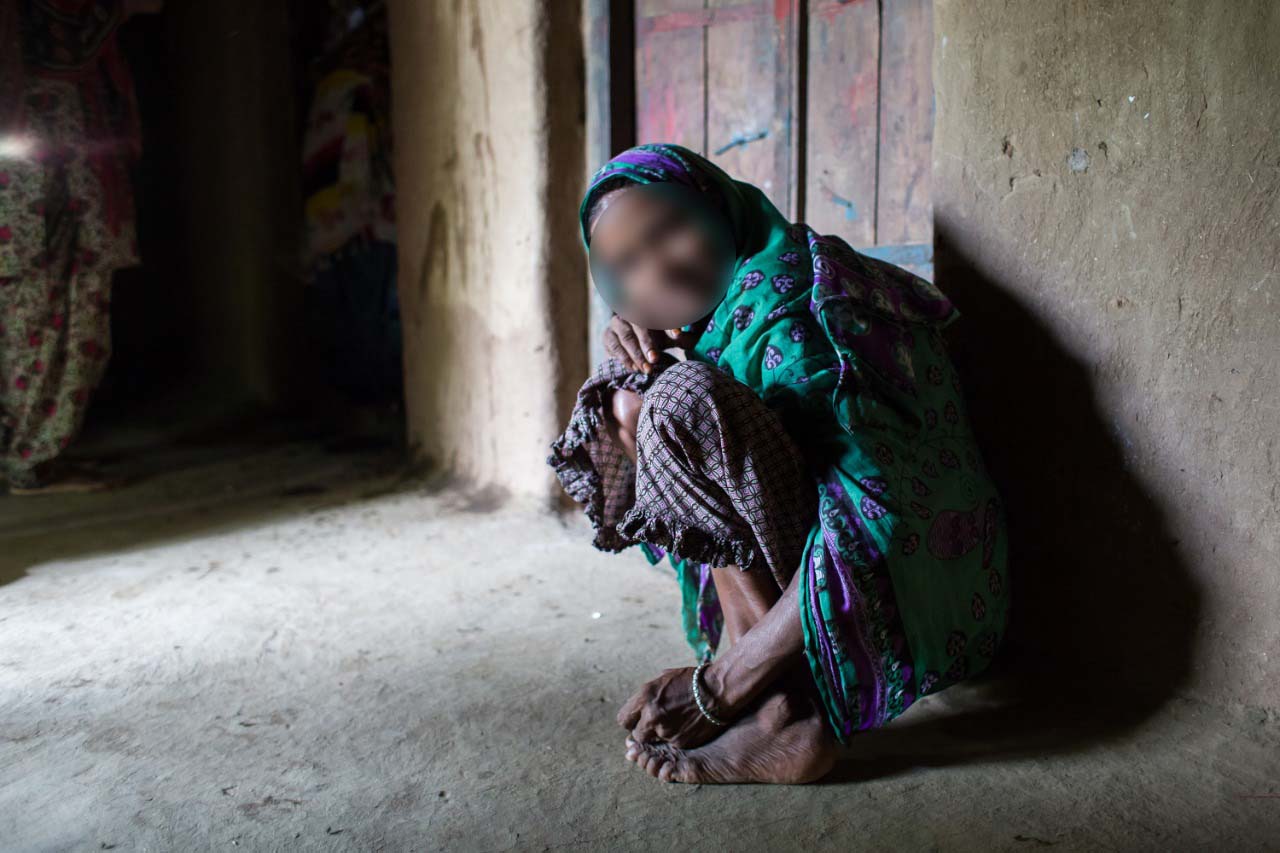Community-driven action reduces incidence of fluorosis in Miyati, Madhya Pradesh
High fluoride content in water sources can lead to debilitating health problems in the old and young. There are 66 million people in the country affected by fluorosis. A village in Madhya Pradesh has worked hard for 10 years to combat it.


There are 66 million people in the country affected by fluorosis. Photo: INREM foundation.
It was August 2010. Full of myself and bursting with newly-acquired knowledge about fluorosis, I visited Miyati village in district Jhabua, Madhya Pradesh, about 350 kilometres from state capital Bhopal. The drinking water in the village of about 2,200 inhabitants was high in fluoride, and it had adversely impacted their health.
The problem began in 2001-2002 when villagers began digging deeper to reach groundwater as water from wells they were using all these years became insufficient. The water, thus obtained, contained alarmingly high quantities of fluoride. The accepted amount of fluoride in water sources is 0.7 ppm (parts per million) for it to be safe for use, especially for children. The amount of fluoride detected in water from handpumps and borewells in Miyati was between 5 ppm and 8 ppm.
When I met Kaliben in Miyati, she was just 24 or 25 years of age, but to me she looked 50. She got married when she was 16, and there was barely any resemblance to her photographs taken then. Fluorosis had taken its toll, and she was a tangled mess.

“You should eat good food; more green vegetables; more lemon…,” I launched into a well-meaning lecture till Kaliben stopped me in my tracks. “Even chilli is a luxury for us. Our food has nothing in it. If we get salt and chilli, it is a big deal. And you are talking of fresh green vegetables and lemons,” she said.
The gentle reproach was like a slap on my face, and all my acquired wisdom of calcium, magnesium and vitamin C being possible detoxifying cures for fluorosis came crashing down.

Kaliben used a cane as support to move around. She was barely managing her daily activities. Her body was contorted by the disease caused by the presence of fluoride in water that she used. The Indian national standard for fluoride in drinking water is 1 milligram per litre. The water that Kaliben routinely consumed had eight times more than the accepted amount. The water from the innocuous-looking handpump was enough to reduce Kaliben to her present condition in three to four years through two pregnancies.
Most children in Miyati had stained teeth, a sign of dental fluorosis. Joint pains, another consequence of high fluoride content in water, was also common, and left even the young immobile with crippling pain.

There are 66 million people in the country affected by fluorosis.
Nearly 50 per cent of the villagers are affected one way or the other by this. And nearly eight to ten of them were crippeled like Kaliben. The condition did not spare Kaliben’s 11-year-old son either who suffered debilitating skeletal fluorosis. He was barely able to move.
Fluoride, entering the body through water, takes away calcium from the body, and when the mothers are lactating, their infants suffer from calcium deficiency too. Sometimes, as it did with Bhursinh, it leads to skeletal fluorosis. Bhursinh was the first such example we saw.

In 2010, India Natural Resource Economics and Management (INREM) Foundation initiated a community-based action in Miyati village. As a result, many of the villagers have shifted back to sourcing their drinking water from open wells, which have much lesser fluoride content. The younger generation is seemingly less prone to fluorosis.
The villagers were first made aware that their condition stemmed from contaminated water. Village school teachers played a crucial role in raising awareness, not just in students, but, through them, among their parents too. They explained to the villagers that even if the water did not look, taste or smell bad, it could be potentially harmful.
Water sources such as wells, which had low fluoride, were identified and people were encouraged to use them instead of the hand pumps that supplied contaminated water. For those already affected by skeletal fluorosis, a nutritional supplementation programme was adopted to help them recover somewhat from their condition.

Thanks to these concerted efforts, there was some reversal in the condition of Bhursinh. His teacher at school said Bhursinh now played football and showed no hesitation in jumping over the school wall.
Bursinh and Kaliben exercised caution in what they ate and drank and learnt to minimise the impact of fluorosis. While Kaliben has to live with her deformity, her son has shown marked improvement, and is leading what can be called a ‘normal’ life.
Sunderrajan Krishnan is with India Natural Resource Economics and Management (INREM) Foundation, which works to minimise the impact of water-borne diseases. You can read the original article here.
Views are personal

